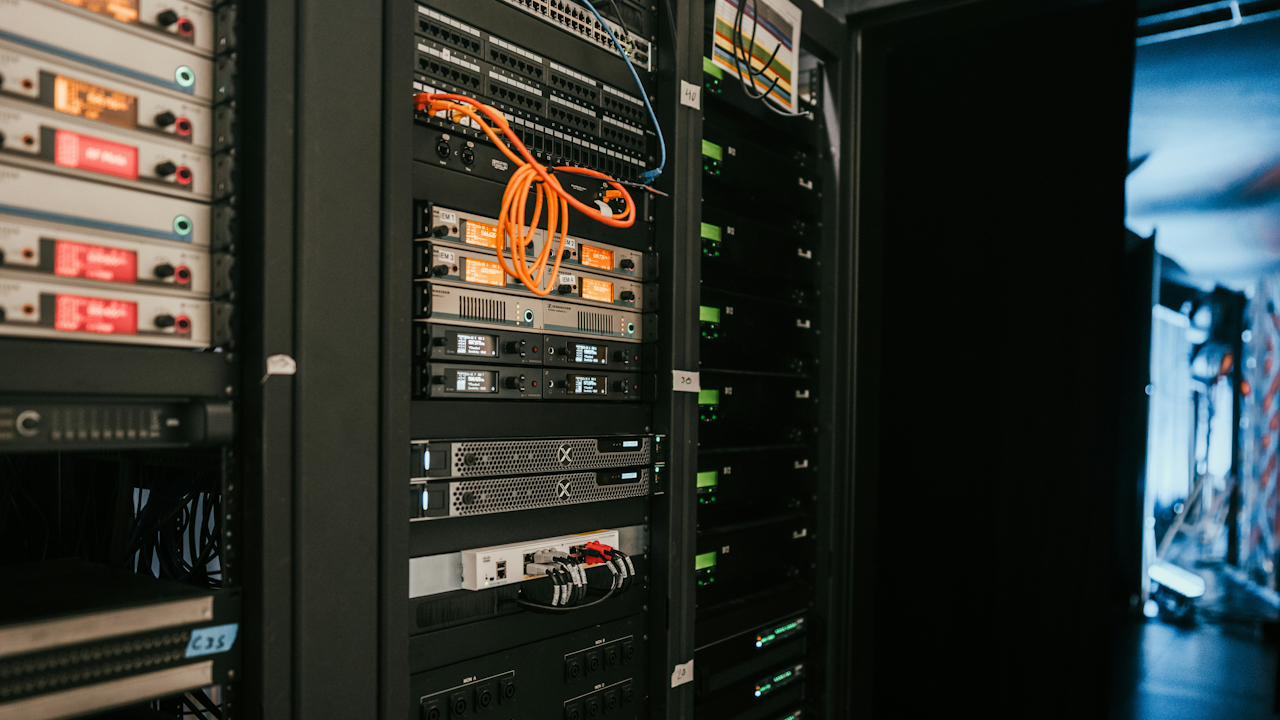Data centers, the backbone of our digital world, are facing increasing pressure to become more sustainable. Their massive energy consumption and environmental impact have spurred a wave of innovation aimed at reducing their carbon footprint. This article explores some of the key innovations that are powering the transition towards more sustainable data centers.
1. Renewable Energy Integration:
One of the most significant advancements is the integration of renewable energy sources. Data centers are increasingly turning to solar, wind, and hydroelectric power to reduce their reliance on fossil fuels. Companies like Google and Microsoft are leading the way with ambitious goals to run their data centers entirely on renewable energy. This shift not only reduces carbon emissions but also provides long-term cost benefits.
2. Advanced Cooling Technologies:
Cooling systems in data centers are responsible for a significant portion of their energy consumption. Innovative cooling technologies are emerging to address this challenge. Liquid cooling systems, for instance, are becoming increasingly popular as they offer more efficient heat transfer compared to traditional air cooling methods. These systems can reduce cooling energy consumption by over 18%. Additionally, AI-driven thermal management systems are being deployed to optimize cooling based on real-time data, further enhancing efficiency.
3. AI and Machine Learning:
Artificial intelligence (AI) and machine learning (ML) are playing a crucial role in optimizing data center operations. AI-powered systems can monitor and analyze energy usage in real time, identifying areas for improvement and automatically adjusting settings to maximize efficiency. ML algorithms can also predict potential equipment failures, enabling proactive maintenance and preventing costly downtime.
4. Waste Heat Reuse:
Data centers generate a significant amount of waste heat, which can be repurposed for other uses. Innovative solutions are being developed to capture and reuse this heat for heating buildings, greenhouses, or even for industrial processes. This not only reduces energy waste but also creates new revenue streams for data center operators.
5. Modular Data Centers:
Modular data centers are gaining traction due to their flexibility and scalability. These prefabricated units can be deployed quickly and efficiently, allowing for optimized energy usage based on specific needs. Their compact design also reduces the overall footprint of the data center, minimizing environmental impact.
6. Sustainable Hardware:
Hardware manufacturers are also contributing to sustainability efforts by developing more energy-efficient servers and other IT equipment. These advancements include using lower-power processors, more efficient power supplies, and innovative cooling solutions within the hardware itself.
7. Location Optimization:
The location of a data center can significantly impact its energy consumption. Choosing locations with cooler climates can reduce the need for energy-intensive cooling systems. Additionally, locating data centers near renewable energy sources can further enhance their sustainability.
8. Energy Storage Systems:
Energy storage systems, such as batteries, are becoming increasingly important for ensuring a consistent power supply for data centers, especially those relying on intermittent renewable energy sources. These systems can store excess energy generated during peak production periods and release it when needed, ensuring a reliable and sustainable power supply.
9. Green Building Standards:
Data centers are increasingly being designed and built according to green building standards, such as LEED (Leadership in Energy and Environmental Design). These standards provide a framework for sustainable design, construction, and operation, ensuring that data centers are built with minimal environmental impact.
10. Collaboration and Open Source Initiatives:
Collaboration among industry stakeholders, including data center operators, technology providers, and researchers, is crucial for driving innovation in sustainable data centers. Open source initiatives and knowledge sharing platforms are also playing a vital role in accelerating the development and adoption of sustainable solutions.
In conclusion, a multitude of innovations are converging to make data centers more sustainable. From renewable energy integration and advanced cooling technologies to AI-powered optimization and waste heat reuse, these advancements are paving the way for a greener future for the digital world. As the demand for data continues to grow, these innovations will become even more critical in ensuring the long-term sustainability of our digital infrastructure.

